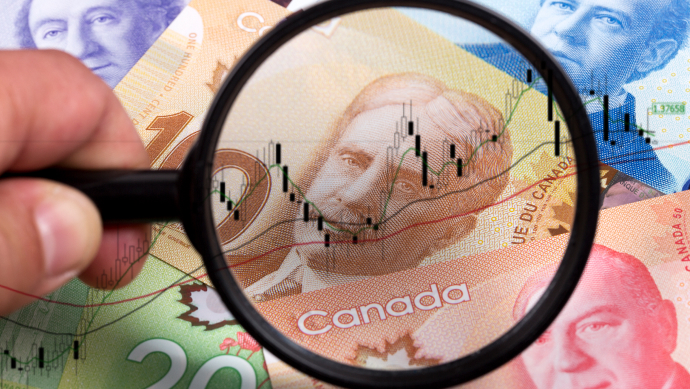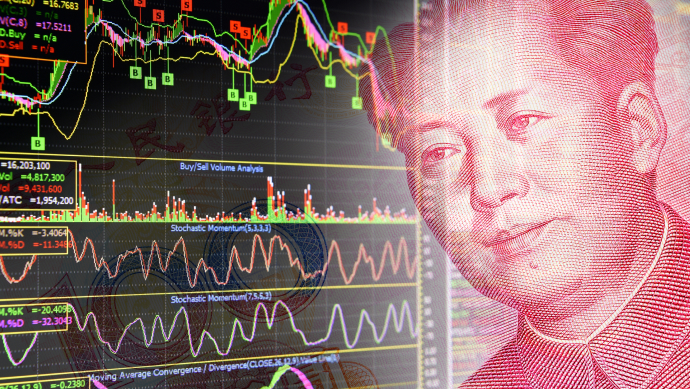
Prepare for Turbulence: Variable Wheat Prices on the Edge
Written on December 29, 2023 at 12:36 pm

Focus on USD/CAD Today – 27th December 2023
Written on December 27, 2023 at 1:58 pm

10-Year Treasury Bond, US Interest Rates, US Treasury Bonds
US Treasuries and Anticipated Rate Cuts Cause Frenzy
Written on December 27, 2023 at 12:15 pm

The Impact Of PBOC’s Rate Decision On Yuan Depreciation
Written on December 22, 2023 at 12:15 pm

Live Trading Competition, Trading strategies, Trading Tips
5 Tips to Success in Trading Competition
Written on November 16, 2023 at 10:49 am

5 Benefits Joining a Live Trading Competition You Must Know
Written on October 13, 2023 at 5:04 pm
Ultima Markets Index Dividend Adjustment Notice
Written on October 3, 2023 at 2:01 pm
Ultima Markets Index Dividend Adjustment Notice
Written on October 2, 2023 at 2:16 pm
Ultima Markets Index Dividend Adjustment Notice
Written on September 29, 2023 at 9:33 am










